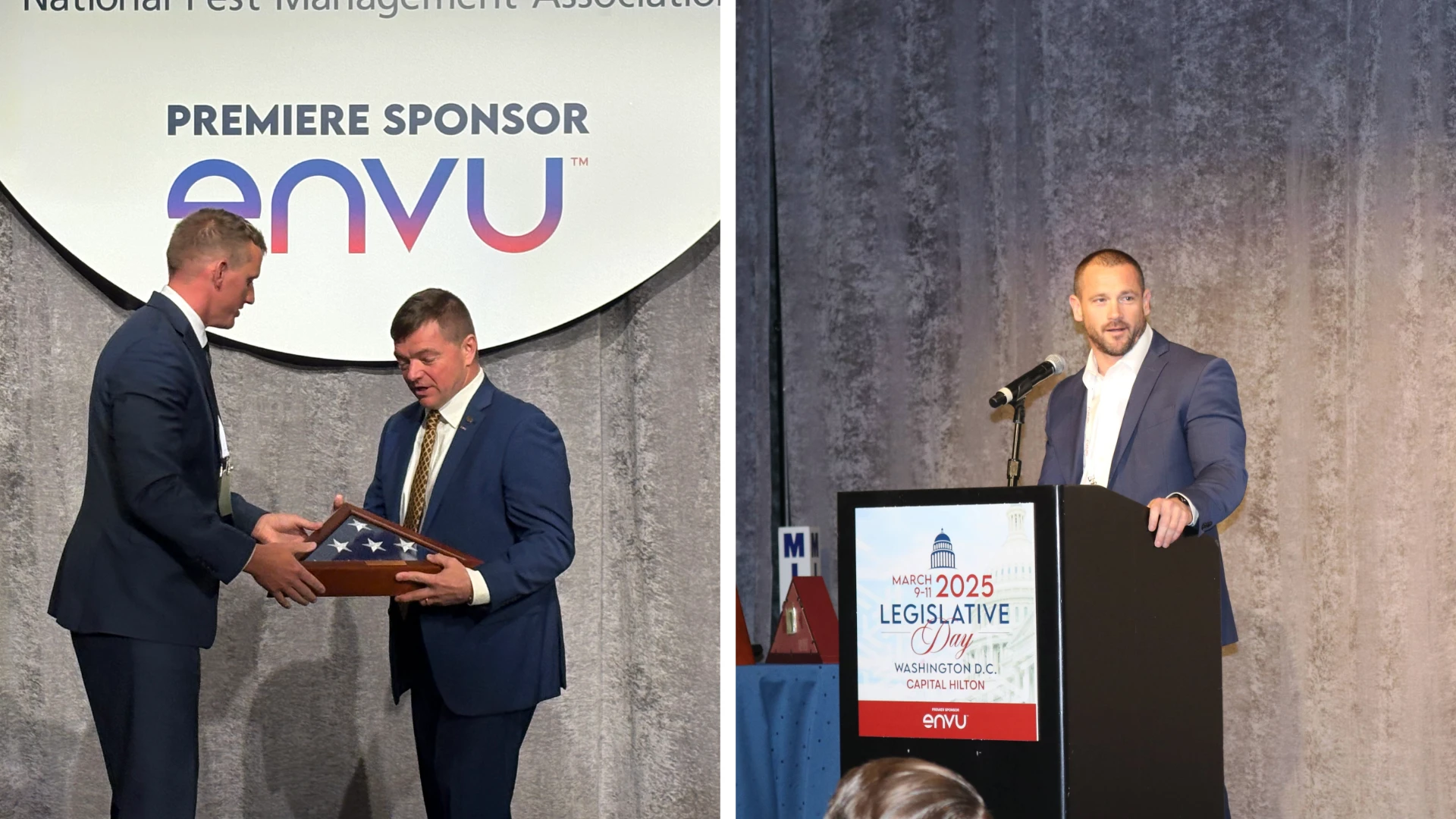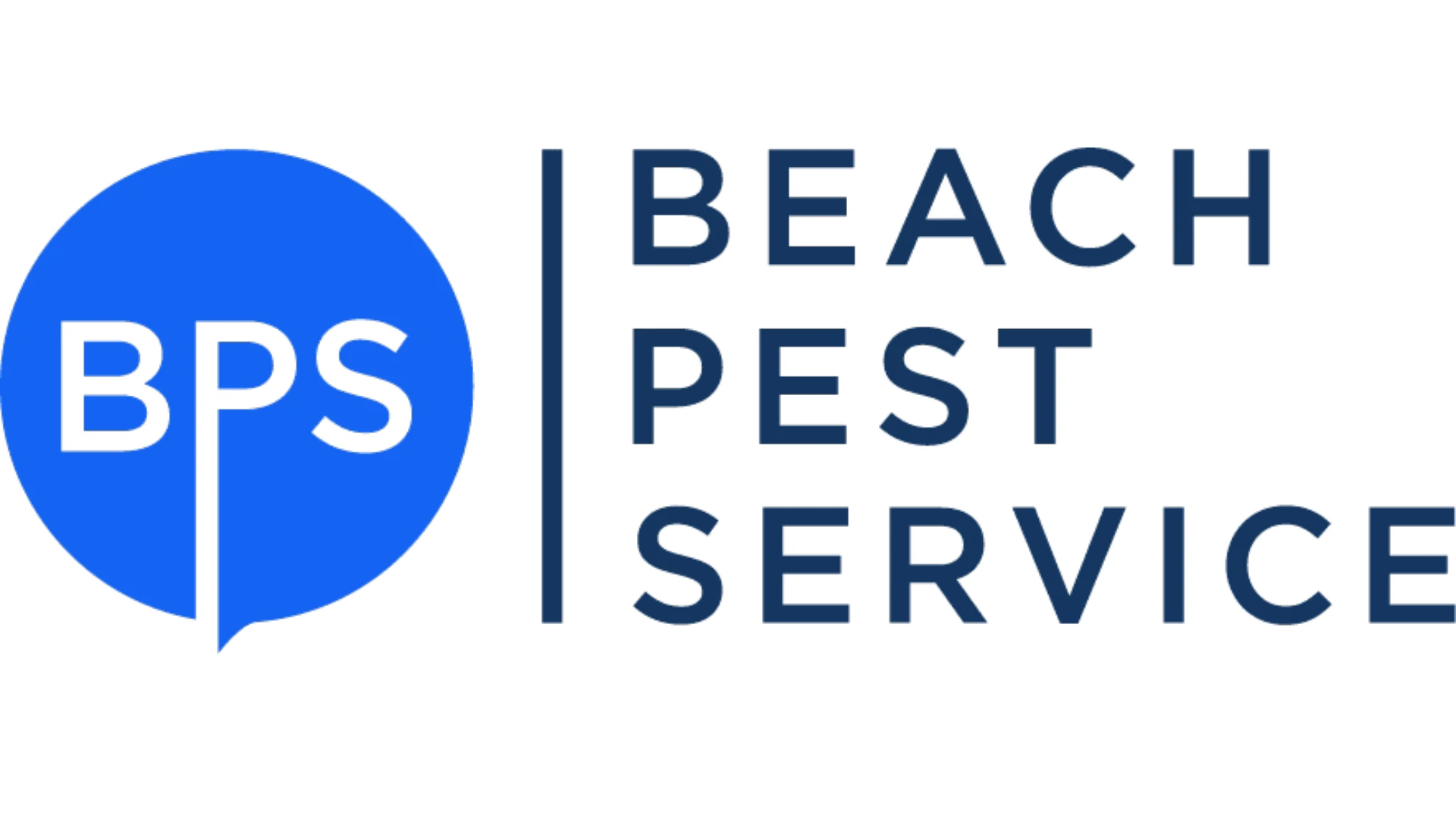Recent changes to several pesticide labels have been enacted to protect the environment, but will these changes have unintended negative consequences to public health? With the economic conditions we have endured the past four years, consumers’ demands for lower prices or reduced services have forced many pest control companies to decrease payroll or, even worse, to go out of business. Now we are faced with regulations that threaten to take the few remaining tools of pest management out of our hands. Fortunately, we are a strong industry of professionals that can overcome most obstacles because of the passion we have to provide a quality service that doesn’t just include “killing bugs.” Protecting food supplies, public health, quality of life and property values are just a few of the positive benefits we provide. Ultimately, the general population is at greatest risk of suffering the negative consequences of regulatory change.
A brief history lesson. Man has fought the battle against blood-feeding and annoying pests as long as history has been recorded. Mosquitoes, fleas and miscellaneous pests have inflicted countless suffering and deaths throughout the course of man’s existence. It is well documented in scientific publications of the millions of human lives affected by just one family of flies: Culicidae. Mosquitoes have altered the course of history by affecting the outcomes of wars, projects such as the Panama Canal and the development of many U.S. cities. Under President Franklin D. Roosevelt’s New Deal came the Works Projects Administration and the Rural Electrification Projects, which impounded waters throughout the South for hydroelectricity. This created opportunity and funding for the early mosquito control programs that are still in existence today. Under the National Malaria Eradication Program started in 1947, the U.S. had malaria controlled by 1951.
 Malaria eradication postage stamps issued by the U.S. Government (1961-1962). The stamps helped raise malaria awareness. Malaria eradication postage stamps issued by the U.S. Government (1961-1962). The stamps helped raise malaria awareness. |
Today, malaria outbreaks, dengue and a multitude of encephalitides create a frenzy of news coverage throughout the nation. In President John F. Kennedy’s inaugural address on Jan. 20, 1961, he challenged the world’s leaders to eradicate malaria, yet 50 years later we still face 300 million cases of malaria a year and nearly 1 million deaths worldwide. While government funding has dwindled, organizations like Exxon Mobil (exxonmobil.com) and the Bill and Melinda Gates foundation (gatesfoundation.org) give generously to bring the issue back to the forefront where it belongs and have reduced malaria by 20% in the last decade by funding research on new drugs and providing bed nets coated with pyrethroids for protection.
If the pests themselves don’t attack, destroy or contaminate us directly, consider the effect of all the shed exoskeletons and excrements that challenge our respiratory system. Allergens in the home are the leading cause of respiratory distress and the rising medical costs associated with treatment are staggering. With decreased ability to control the seasonal invaders and invasive species like multi-colored Asian ladybugs (Harmonia axyridis), kudzu bugs (Megacopta cribraria) and brown marmorated stink bug (Halymorpha halys) this trend will continue to rise.
Opportunities and challenges. We have certainly seen a dramatic change in the availability of new and improved equipment to deliver precise chemical applications as well as products that document near real-time data. Mist blowers and ULV fogging equipment have revolutionized the application of pesticides over large areas, dramatically impacting the control of mosquitoes and flies. The real problem is that we may not have anything to put in the tank as regulations continue to tighten due to pressure from environmental groups. The proverbial “pipeline” of new chemistries of pesticides has nearly dried up due to the extraordinarily high cost of registration and limited protection of the compound to the competition.
Rodents are another well documented group of vermin that have caused catastrophic loss both to our food supply and public health. Contamination of food products by droppings, hair and disease organisms threaten an already weakened and dwindling supply as human population levels increase. Couple the rodent issues with the ectoparasites that feed on them that also can cause disease, and now we really must be diligent in our mission. The recent re-registration of rodenticide labels is a prime example of protecting our trade from unintended consequences. Rodent baiting away from structures intercepts potential disease-carrying reservoirs because the rodents that “mingle” between the forest and urban setting, such as deer mice, have a greater potential to spread pathogens than the commensal rodents. Because we fought with facts about protecting the consumer, we were able to recover some of the original use patterns.
Get involved. Not only do we face label changes, but just recently the NPDES permitting process has taken effect which targets five use patterns. The most important and closest to the pest control industry is the mosquito/flying pest control applications. For now it’s all about the justification, reporting and record keeping, but will this regulation tighten as well? Will more use patterns such as exterior pest control applications be included for permits? We cannot afford to sit back and watch as well-meaning policy makers decide the fate of the products we need without the knowledge and background of how and why we provide our service. Be proactive by supporting events such as Legislative Day, local and state association meetings, and the National Pest Management Association.
Resistance issues and a growing list of banned products have already had a serious impact on professional applicators to perform vital control actions in the protection of public health. While biological control and EPA exempt products fill a small portion of our needs, we are dependent on the pyrethroids to be the backbone of our insecticide control programs. Not only are the label changes a threat to our industry, but a threat to life, liberty and the pursuit of happiness by tying our hands from controlling threats to public health.
The author is a 24-year industry veteran with a B.S. in entomology from the University of Georgia. He is director of training and development at Gregory Pest Solutions, Greenville, S.C., and can be reached via e-mail at lmotes@giemedia.com. The article is the opinion of the author and not necessarily that of Gregory Pest Solutions.
Copesan is an alliance of pest management companies with locations throughout North America. To learn more, visit www.copesan.com.

Explore the May 2012 Issue
Check out more from this issue and find your next story to read.
Latest from Pest Control Technology
- Understanding Rodents and Bird Flu
- Green Pest Solutions Awards Safest Driver New 2025 Ford F150
- UF/IFAS Sheds Light on Tiny Invaders During Termite Awareness Week
- Registration Open for Lawn & Landscape Technology Conference
- Fleetio Launches Automotive Service Excellence Scholarship
- WorkWave Appoints John Phelan as CTO
- PMPs Use Capitol Hill Visits to Push for Preemption
- 20 Trapping Tips





